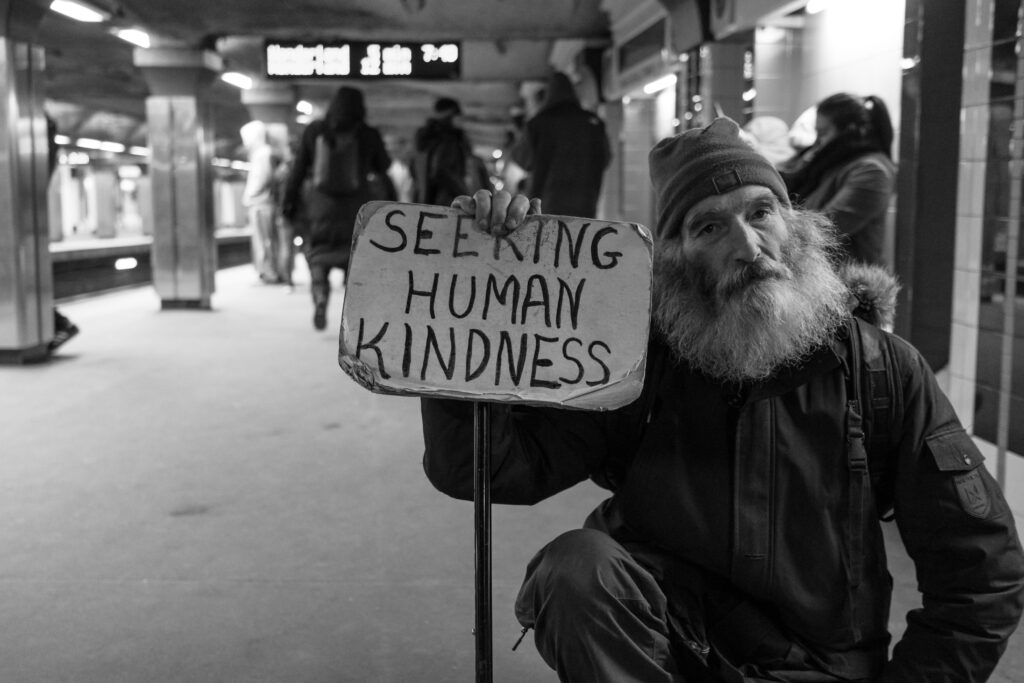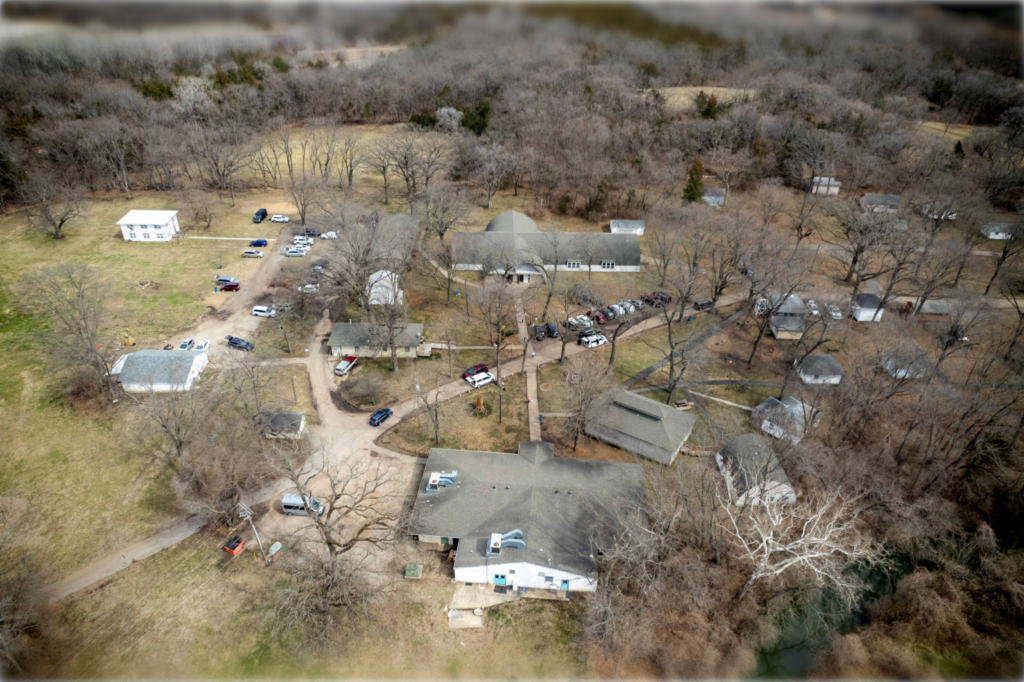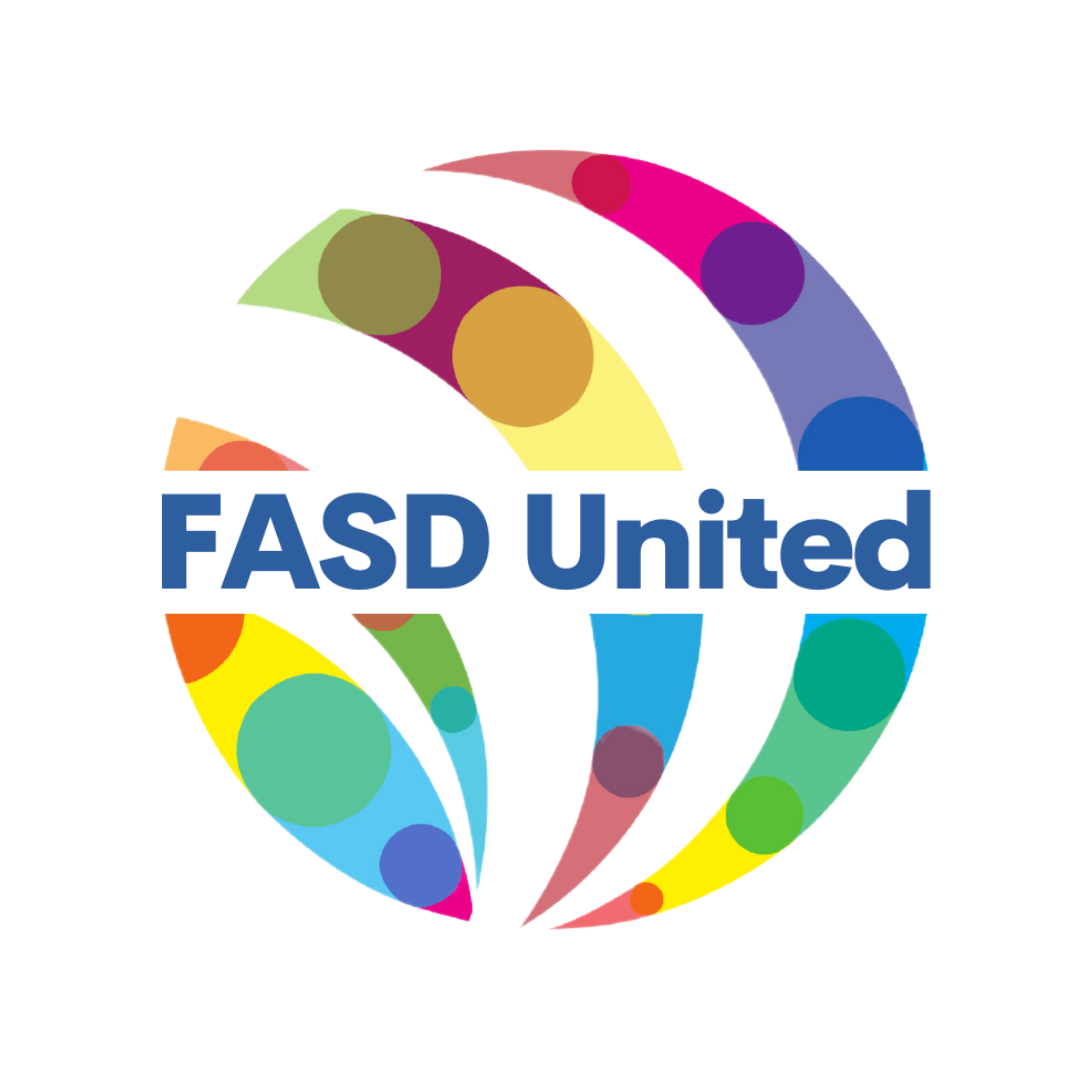Your cart is currently empty!
World Homeless Day: An Interview with Kathryn Meinhardt of Dream Acres, an FASD Community
Homelessness is an international commonality that communities face. As for the United States, with increasing costs of living and an inflated housing market, the homeless population has steadily increased. World Homeless Day, recognized each October 10th, serves as a reminder to societies globally that the homeless population is here and in need of support. As almost 50% of homeless individuals are employed, the real issues here are in regard to accessing resources, discrimination, and low wages with high costs. Some may present homelessness as a simplistic problem with a simple solution, but just as we understand the complexities and nuances of FASD- we can begin to understand this topic as well.
In regard to FASD, research has shown that those with FASDs have an increased likelihood of experiencing homelessness during their lives. This is due to a combination of factors, such as mental health disorders, disability service insecurities, and general societal misunderstanding. Many cognitive and neurobehavioral aspects also contribute to housing instability for those with FASD (and other disabilities), along with unique life contexts often understood by those with this diagnosis (adverse childhood experiences, foster care, justice system interactions, etc.). Our community knows much more than the average citizen about neurodiversity, so we are able to more accurately reflect on the connections between homelessness and FASD. To those with no knowledge of these things, the realities are lost.

To help illuminate aspects of this connection and its intricacies, Kathryn (Kat) Meinhardt has responded to questions regarding the homelessness epidemic, FASD-informed care, and her co-run affiliate Dream Acres FASD Community. “Housing is essential to health equity,” she provides a source from NIH, “it highlights the fact that housing can be directly linked to health and health inequity through ontological security. Ontological security, or a sense of feeling at home, is comprised of constancy, daily routines, privacy, and basic security that enables the development of one’s identity.” She then acknowledges how and why obtaining this ontological security may be more difficult for those with FASD: “Oftentimes, they grow up in biological or adoptive homes and remain undiagnosed, or sadly are bounced as teenagers in the foster care system, or again struggle as young adults when undiagnosed. Each of these naturally chip away at that sense of safety and security.”
Kat has been a foster parent for over 12 years, spending much of it as a single mother; now, with her husband Cliff, she parents 11 children, 9 of whom were prenatally exposed to alcohol or another substance. Although Kat’s background is in social work, she did not have the expertise and understanding of FASD until she began actively searching for answers, information, and others. She then began training foster parents and professionals, “there is always a giant sigh of relief when they now found someone that “gets it.” So many times, I hear that “no one really understands my child”; “no one knows what we go through at home”; “no one ever told me about FASD.” It was her developed understanding that brought her to the realization that some of her kiddos would need a place to live past the age of 18.
Dream Acres originally began as a way for her neurodiverse kids to “own” tiny houses with their own space and then also have the security and safety of Kat nearby. This is around the time when she met and eventually married Cliff, who both decided they “weren’t the only family to need somewhere for our kids to live during the 18-25ish years and should do something about it.” Dream Acres (501c3) was founded in 2022 after the couple purchased an old church camp in Topeka, Kansas, that had the amenities and layout they had been discussing. May 2022 is when the purchase was finalized, “since then, we have hit the ground running. Our first resident arrived six very short weeks later!”

As someone actively working to combat the homelessness crisis, Kat wishes people understood that “First and foremost, it’s important to realize about 60% of Americans are only about 1-2 paychecks away from experiencing homelessness.” She also mentions the nuance of FASD, “The multistep processes it takes to obtain and maintain housing is immense, and the struggles are compounded when living with an FASD.” This could include things like necessary daily tasks and time/financial management. While the economic disparities are highly relevant, so are health disparities; Kat provides research on women experiencing homelessness who are “more than twice as likely to experience complications that affect their health during birth.” Homeless individuals have less access to medical treatment and dependency assistance, which “continues to compound the cyclical challenges and struggles for individuals with an FASD and their families.” So how do these disparities contribute to and manifest in high rates of homelessness in those with FASD?
Kat breaks it down: “With employment, on the basic steps needed, we have to find and obtain a job by filling out applications, having a resume, getting interviews and showing up for the interview, answering on the spot questions, after being hired there are more forms to navigate, and then we have to show up every day when scheduled. When we find a home or apartment to live in, we have paperwork and forms, monthly rent or mortgage, utilities to set up and pay each month, food to buy, and household supplies to keep on hand. Then we have to keep our personal self-care and hygiene acceptable. All of these things are multi-step processes that most of us can run through in moments without much thought.” Neurotypical individuals often feel overwhelm and stress with these processes, so imagine a neurodiverse brain attempting to perform these tasks to the same degree. Kat then claims, “Often, individuals are pushing for that independence but are cognitively not ready yet to make that leap. They may just need 5 or 10 years to fill the gap. Or they may need a lifetime of those supports.” The point is that the support a person receives should be tailored to them and their brain.

There is hope, as there always is. Living permanence is attainable for those with FASD (and all people) and makes a huge difference in the lives of the individual, as well as their families and support systems: “You can literally see the anxiety melt off the shoulders of caregivers when they realize that their loved one will have a place to call home.” Dream Acres strives to be a place where people with FASD feel safe to express the challenges, limitations, and strengths of their disability. “The sense of pride that comes with knowing they have a home that is forever and without judgment or fear, along with the knowledge that supports, trust, and scaffolding are part of our culture.”
In addition to housing, Dream Acres offers employment and skill-building opportunities: “This is everything from animal care and assistance with our goats and Guinea hens, landscaping, aquaponics in our new greenhouse, food services, hospitality, and now helping with raising and training service dogs for others living with FASD. When possible and appropriate, individuals can work off campus too.” Community partners help this team find relevant employment that fits the person rather than vice versa. FASD and homelessness are not destined, nor does it represent a pitfall in the FASD community…homelessness is a crisis that needs attentive, caring people to help so individuals everywhere can experience living permanence and security. Cyclical systems can make economic and political movement slow, but “When supportive living is an option, this begins to break down that cycle by providing the needed supports and resources for individuals living with an FASD.”
For World Homeless Day, consider exploring these resources, making a donation, or getting involved in a homelessness project by you!
Dream Acres – Where an FASD Community is more than a dream… (dreamacresfasdcommunity.org)
